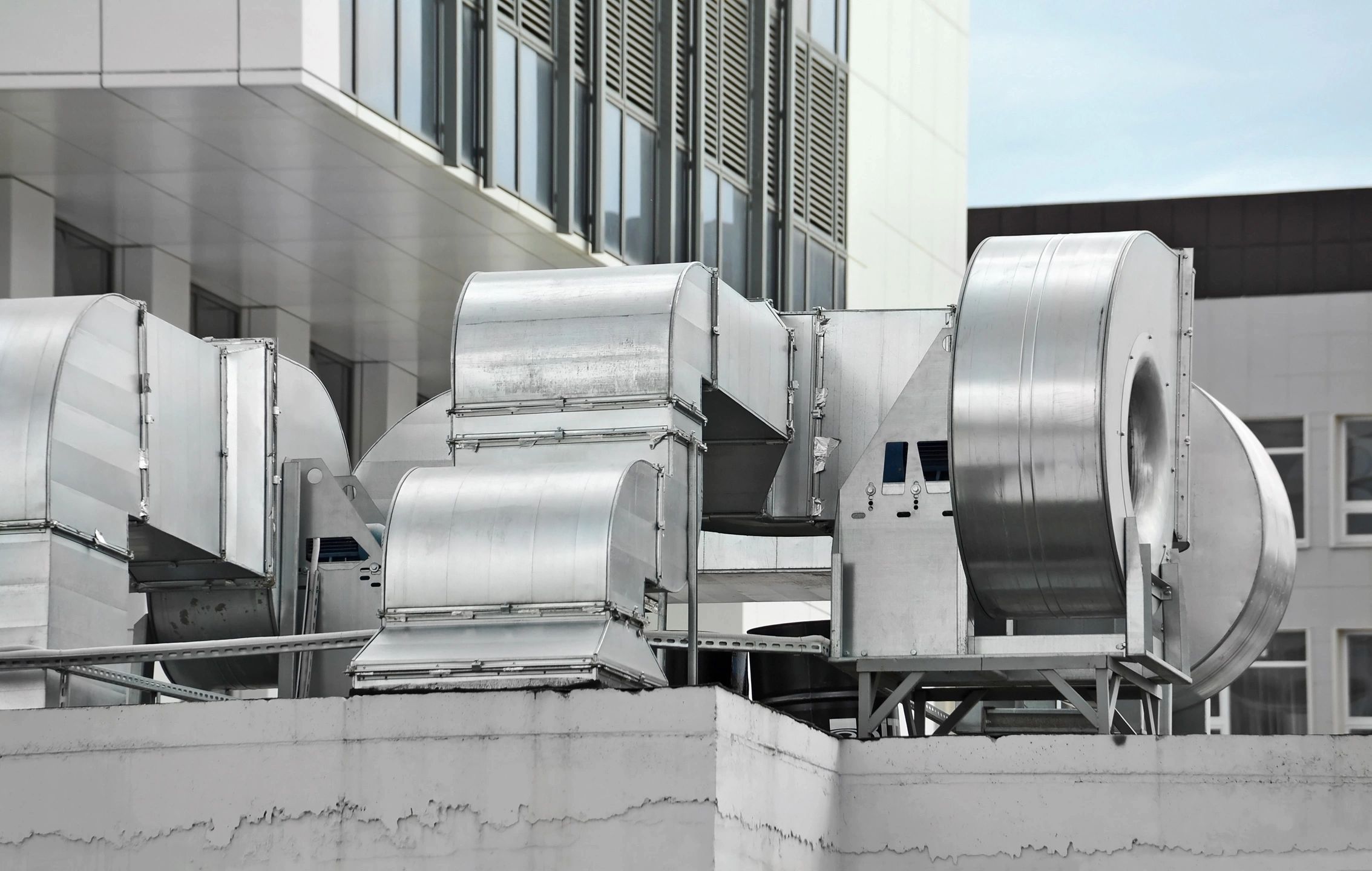It always amazes me that some organizations that have millions (or billions) of dollars of Deferred Capital Renewal and Maintenance Backlog who have to claw, scratch and fight to get enough funding to just barely keep the doors open, are often building new, extravagant buildings with all the latest bells and whistles on a regular basis.
Once you abandon logic and realize that it is emotion (and politics) that drives these decisions it becomes a lot easier to understand. Everybody loves shiny new things. Building a new building gets you headlines in the news, politicians and political leaders showing up, and photo ops (all those golden shovels and comically large scissors for cutting ribbons) and press coverage.
I often commiserate with my clients that we could make a lot more headway at eliminating DCRM backlog if we could just get a politician and the press to show up to cut a ribbon for a boiler replacement. Unfortunately, most of the press related to renewal work follows a failure that has resulted in a building closure or god forbid an injury or death. Not exactly shining positive light on the practice of maintaining and renewing buildings.
The problem is that good renewal planning is like healthy living. Everyone knows that if you eat healthy and get regular exercise you have a much greater likelihood of avoiding serious health issues and living a longer, better life. However, lots of people ignore this common sense and only change their lifestyle after they have a heart attack or other serious illness.
Unfortunately, many organizations fall into the same trap and only start paying attention to DCRM after one or more failures occur and disrupt their operations or result in major unexpected costs (or god-forbid injury or death). The sad part is that just like those that slip back into unhealthy living, even after a major issue or scare, often an organization’s focus on DCRM wanes as more time since the issues/crisis passes.
For organizations that have shone a light on DCRM and pay close attention to it, it is often the result of the sheer force of will of one or more Board Members, senior leaders, or stakeholders. Although this is great, the problem is that if those individuals are removed from the equation the focus can become lost. Short term gains can be achieved, but to truly solve most organization’s DCRM issue, it is going to take a longer-term disciplined approach to reverse decades of underfunding.
I try in most of my posts to provide some insights or thoughts, in this case I feel like I am being too negative and just complaining, and maybe I am. I have seen many organizations create and maintain a longer-term focus on addressing DCRM. Unfortunately, it is still the exception to the rule (argh, being negative again!).
However, despite what feels like complaining above, I remain hopeful that as an industry we can find some way to make a lasting emotional argument that addressing DCRM is “sexy”. So sexy that the press and local politicians are tripping over each other for the chance to cut that ribbon.
I don’t have the all the answers on how to make this a reality but would love to hear how you and your teams have been successful in getting and more importantly maintaining a focus on DCRM over time.




